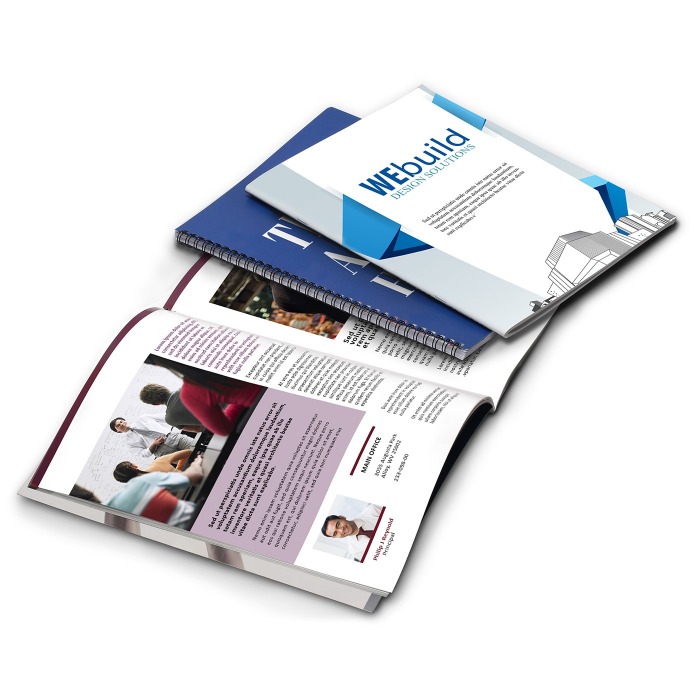Understanding Workplace Culture: Key Survey Questions for Insightful Feedback
In today’s fast-paced business environment, workplace culture has emerged as a critical factor influencing employee satisfaction, productivity, and retention. Organizations are increasingly recognizing the need to foster a positive culture that aligns with their values and enhances employee engagement. One effective way to gauge the current state of workplace culture survey questions is through surveys. This blog will explore essential survey questions to consider when assessing workplace culture, providing a framework for organizations to gain valuable insights.
The Importance of Workplace Culture
Before diving into the survey questions, it’s essential to understand why workplace culture matters. A positive culture promotes collaboration, creativity, and motivation among employees. It influences how employees perceive their roles and the organization as a whole. When employees feel aligned with the company’s values and mission, they are more likely to be engaged, perform well, and stay with the company long-term. Conversely, a negative culture can lead to high turnover rates, decreased productivity, and poor morale.
Designing Effective Survey Questions
To accurately assess workplace culture, the survey questions must be carefully crafted. They should be clear, concise, and relevant to employees’ experiences. Here are some key categories and sample questions to consider:
1. Leadership and Management
Effective leadership plays a significant role in shaping workplace culture. Understanding employees’ perceptions of management can provide insights into potential areas for improvement.
- How approachable do you find your manager/supervisor?
- Do you feel supported by your management team? Why or why not?
- How often does leadership communicate organizational goals and changes?
- Do you believe management values employee input and feedback?
2. Communication and Collaboration
Open communication is vital for a healthy workplace culture. Assessing how information flows within the organization can highlight strengths and weaknesses.
- Do you feel comfortable sharing your ideas and concerns with your team?
- How often do team members collaborate on projects?
- Is there transparency in communication regarding company policies and decisions?
- Do you receive timely updates about changes that affect your role?
3. Recognition and Appreciation
Recognizing employees for their contributions can significantly enhance job satisfaction and engagement. Understanding the effectiveness of recognition practices is crucial.
- Do you feel recognized for your hard work and accomplishments?
- How often does your team celebrate successes?
- What forms of recognition do you find most meaningful?
- Do you believe the company has a fair system for recognizing employee contributions?
4. Work-Life Balance
A healthy work-life balance is essential for employee well-being and job satisfaction. Assessing this aspect can reveal potential stressors.
- Do you feel you have a manageable workload?
- How often do you feel the need to work outside of regular hours?
- Does the company support flexible working arrangements?
- Are you encouraged to take time off when needed?
5. Diversity and Inclusion
An inclusive workplace fosters a sense of belonging among employees. Evaluating perceptions of diversity can provide insights into the organization’s culture.
- Do you believe the workplace values diversity in hiring and promotions?
- How comfortable do you feel being your authentic self at work?
- Are there initiatives in place to promote inclusivity within the organization?
- Do you feel that all employees are treated fairly, regardless of their background?
6. Professional Development
Opportunities for growth and development are crucial for employee satisfaction and retention. Understanding the effectiveness of professional development initiatives is important.
- Do you feel you have access to adequate training and development opportunities?
- How often do you discuss career goals with your manager?
- Do you believe the organization supports your career advancement?
- What additional resources or training would you find beneficial?
7. Overall Satisfaction and Engagement
Finally, gauging overall satisfaction and engagement levels can provide a comprehensive view of workplace culture.
- How satisfied are you with your current role?
- What aspects of the workplace do you enjoy the most?
- How likely are you to recommend this organization as a great place to work?
- What improvements would you suggest to enhance workplace culture?
Analyzing the Results
Once the survey is conducted, the next step is to analyze the results. Look for trends, patterns, and areas of concern. It’s essential to segment the data by department, tenure, and other relevant demographics to gain deeper insights. Engage employees in discussions around the findings and encourage open dialogue about potential solutions.
Taking Action
The true value of a workplace culture survey lies in the actions taken afterward. Use the feedback to create an action plan that addresses identified issues and leverages strengths. Involve employees in this process to foster a sense of ownership and commitment to positive change. Regularly revisit the survey to track progress and make adjustments as needed.
Conclusion
Workplace culture is a dynamic and multifaceted aspect of any organization. Conducting a well-structured survey can provide valuable insights into employees’ experiences and perceptions. By asking the right questions and taking action based on the feedback received, organizations can cultivate a thriving workplace culture that attracts and retains top talent. Prioritizing culture not only enhances employee satisfaction but also drives overall organizational success.












Post Comment